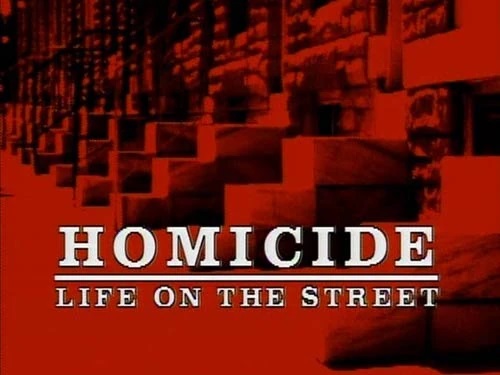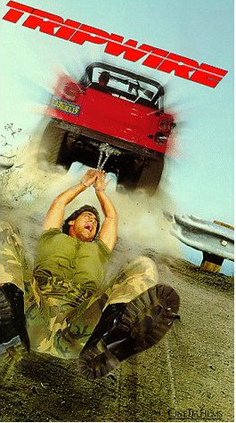Welcome to Retro Television Reviews, a feature where we review some of our favorite and least favorite shows of the past! On Sundays, Lisa will be reviewing Homicide: Life On The Street, which aired from 1993 to 1999, on NBC! It can be viewed on Peacock.
Episode 4.1 “Fire: Part One”
(Directed by Don Scardino, originally aired on October 20th, 1995)
Hey, guest reviewer here! It’s my pleasure to review the fourth season premiere of Homicide. As someone who lived in Baltimore while the show was airing, I watched every episode of Homicide (and later, The Wire). It was always interesting to see Frank Pembleton and Tim Bayliss and John Munch and Kay Howard walking down streets that I recognized. It didn’t matter that the show presented Baltimore as being a hotbed of murder and corruption, mostly because anyone who has lived in Baltimore knows that our city is often just that. There are wonderful places and people in Baltimore. There’s also a a lot of problems.
Enough editorializing from me! Let’s talk about the fourth season premiere. It opens with Kay and Munch talking about how Detectives Beau Felton and Stanley Bolander have been suspended without pay for 22 weeks because of some drunken shenanigans at a cop convention. That was the way that the show wrote out former series regulars Daniel Baldwin and Ned Beatty. (Baldwin was dropped due to his drug addiction. Beatty wanted to get back to movies.) Felton? Sure, I could imagine him doing something stupid at a convention. But the idea that conservative, straight-laced Bolander would join him in that behavior? That’s never sat well with me. That was out of character for Stanley Bolander.
Gee’s unit is now down by three detectives. He needs replacements but Megan Russert — Tim’s cousin, we’re told! — says that they can’t afford to hire any new detectives. Maybe Gee should reach out to another division and see if anyone wants to transfer. Gee looks at the Board, which is covered in red ink. His remaining detectives are struggling to close cases and nobody wants to partner up with Lewis.
Pembleton and Bayliss, the best Homicide team out there, are investigating a warehouse fire. An unidentified body has been found in the warehouse, burned to a crisp. They meet Detective Mike Kellerman (Reed Diamond), the cocky and youngish arson investigator who is convinced that the fire was set by a bigshot businessman named Matthew Rowland. Kellerman gets on Pembleton’s nerves but he bonds with Bayliss. Even though it hasn’t happened by the end of this episode, it’s obvious that Kellerman is going to end up at Homicide. And because everyone in this episode keeps talking about how they refuse to partner up with Lewis, you can guess who Kellerman is going to end up working with.
Mike Kellerman went on to become one of the best characters on the show. Everyone remembers the Luther Mahoney story arc. Reed Diamond eventually became a key member of the ensemble. But I can remember the controversy that initially greeted his character. A lot of viewers and critics resented that he was replacing the popular Ned Beatty. (No one really cared about Daniel Baldwin.) Reed Diamond was seen as a pretty boy actor who was intruding on a gritty crime drama. As an introduction, this episode doesn’t do Kellerman many favors. He comes on very strong and, within minutes, he’s antagonizing and double guessing Pembleton. A scene where Megan confronts him about going after Matthew Rowland makes it seem like the show is trying too hard to be a typical cop drama. It reminded me of when Itchy & Scratchy added Poochie and Poochie was just too in your face with his coolness. Luckily, Reed Diamond was a better actor than Homer Simpson and Mike Kellerman did not die on the way back to his home planet. Instead, after this shaky introduction, he became a key member of one of the best casts in the history of television.
This episode ends on a cliffhanger, with another fire being set at another warehouse. Kellerman’s going to be around for a while, whether Frank Pembleton likes it or not.

